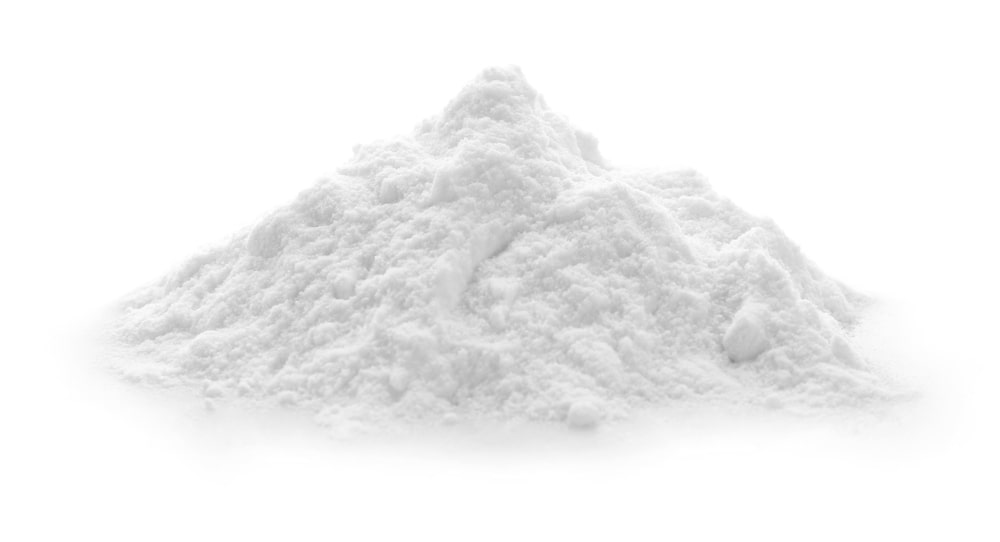Pharmaceutical powders can be defined as finely divided solid dosage forms in which one or more active medicaments in a fine state of the subdivision are mixed with suitable additives meant for internal, external, and parenteral administration.
Table of Contents
Internal powders
- Simple powders ex: Aspirin powders.
- Compound powders ex: Compound Rhubarb powders B.P.C
- Bulk powders.
- Reconstituted powders.
- Powders enclosed in cachets.
- Powders enclosed in hard gelatin capsules.
- Powders compressed into tablets.
- Powders meant for tablet triturates
External powders
- Dusting powders.
- Medicinal dusting powder.
- Surgical dusting powder.
- Insufflations.
- Snuffs.
- Dentifrices i.e Toothpowder.
- Douche powders.
Parenteral powders
Antibiotic powders ex: penicillin powder; streptomycin powders
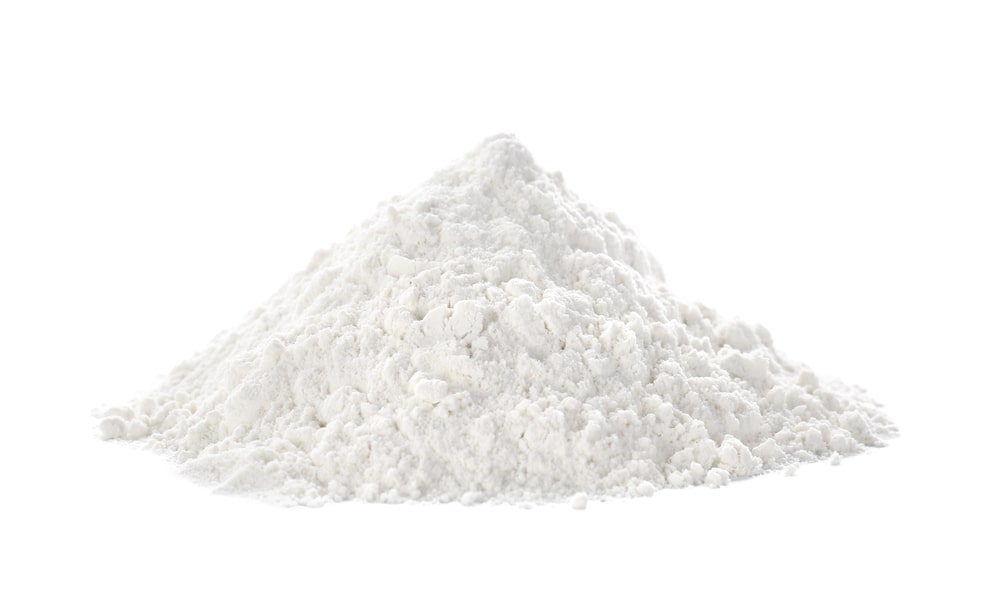
Special powders
- Hygroscopic and Deliquescent powders.
- Eutectic powders.
- Explosive powders.
- Effervescent powders.
- Powders containing volatile substances.
- Powders containing liquids.
Powders Advantages
- Powders provide good physical and chemical stability when compared to liquid dosage forms.
- Powders can be administered internally, externally, and parenterally.
- Powders can be administered for bulky drugs with even large doses especially if mixed with liquids.
- Powders provide smaller particle size which causes more rapid dissolution in body fluids, increases drug bioavailability, rapid onset action, and decreases gastric irritation compared with tablets and other solid dosage forms.
- Powders are suitable for small children and elderly patients.
- Economical.
Powders Disadvantages
- Powders are not suitable for dispensing hygroscopic, deliquescent, explosive, and eutectic natured active medicaments.
- Powders are not suitable for dispensing active medicaments having nausea, bitter or unpleasant taste.
- Powders are not suitable for dispensing potent and liquid active medicaments.
- Powders are bulky and time-consuming to prepare, transport, and administer.
Powders Official grades
- Coarse powder: All particles pass through a No. 8 sieve and not more than 20% pass through a No. 60 sieve.
- Moderately coarse powder: All particles pass through a No. 20 sieve and not more than 40% pass through a No. 60 sieve.
- Moderately fine powder: All particles pass through a No. 40 sieve and not more than 40% pass through a No. 80 sieve. 12
- Fine powder: All particles pass through a No. 60 sieve and not more than 40% pass through a No. 100 sieve.
- Very fine powder: All particles pass through a No. 80 sieve.
Mixing of powders
- Trituration: Trituration is done by using porcelain or glass mortar and pestle. This method is used to reduce particle size, as well as mixing of the powders.
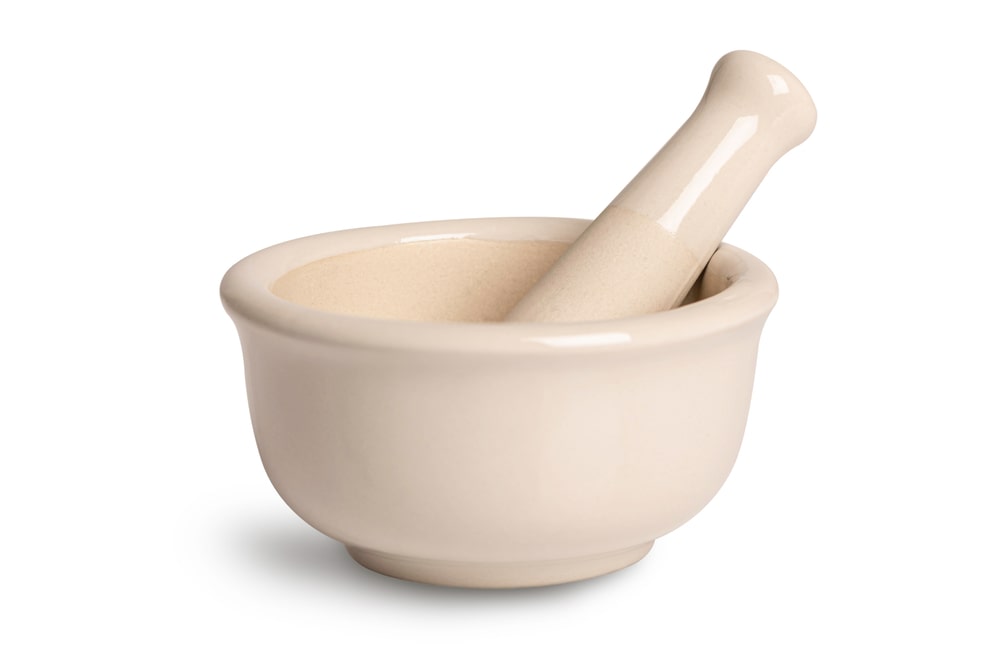
2. Speculation: In this method mixing of powder is done by using a spatula through the powders on a sheet of paper or porcelain tile or glass tile. It is used for the mixing of a small number of powders and is not suitable for a large number of powders.
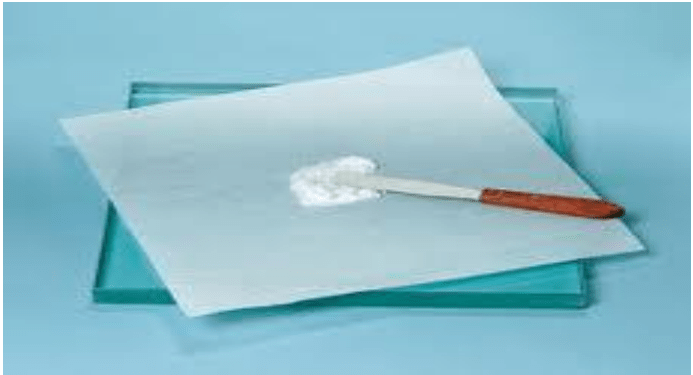
3. Sieving: In this method mixing of powder is done by sifting the powders through suitably selected sieves. This method is mainly used to get the desired size range distribution of particles.
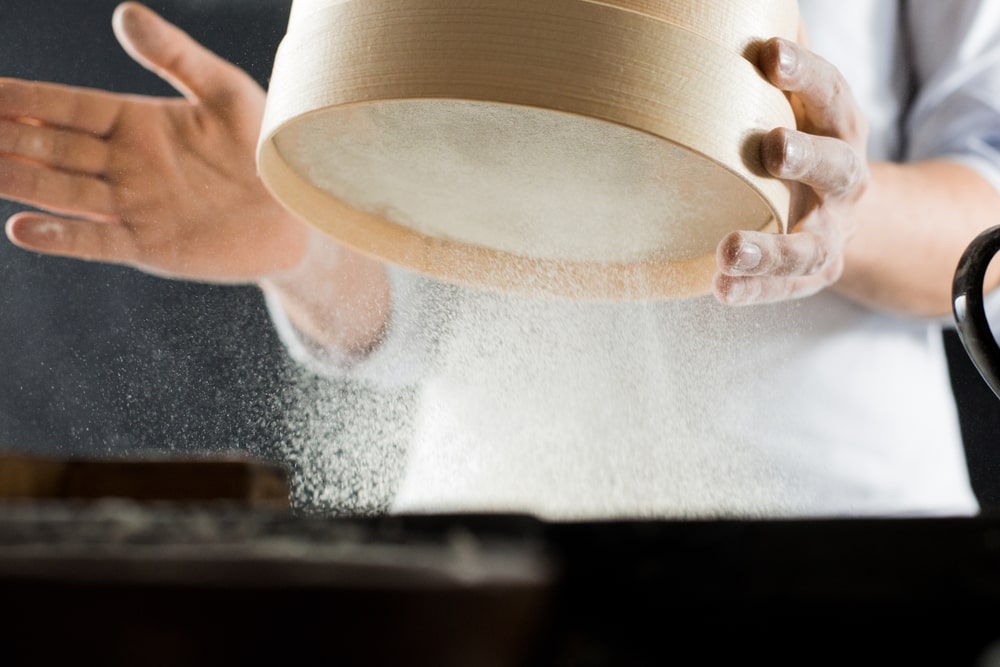
4. Tumbling: Tumbling is the process of mixing powders in a large container rotated by an electric motor. The instruments are usually termed as blenders’ viz., conical blender, and double cone blender.
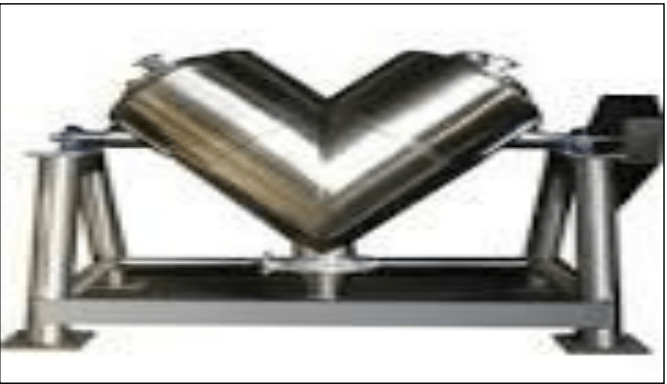
5. Ascending dilution: In this method, one or more active medicaments are mixed with suitable additives in ascending order concerning the weight. This method is used in the preparation of all kinds of powders.
6. Geometric dilution: Geometric dilution is a pharmaceutical process that thoroughly mixes a small amount of a drug with an appropriate equal amount of a diluent, this method is mainly used to prepare potent powders, where potent active medicaments(less than 1mg) are mixed with a large amount of diluents. In this method, the potent active medicament is placed with an equal amount of diluent in the mortar and the substances are slightly mixed by trituration.
Formula
Rx
Hyoscine hydrobromide -1mg
Make a powder send such 10 powder
Explanation
- This prescription is an example for powders containing potent medicament, these kinds of powders are prepared by calculating a suitable quantity of inert additive and are mixed by geometric dilution technique.
- Hyoscine hydrobromide is a potent medicament and is not a weighable quantity, in such cases, one should consider minimum weighable quantity i.e 100mg, and minimum dispensable quantity i.e 120mg. from the above prescription, it is assumed that each powder should weigh 120mg and contain 1mg of the stated drug.
- Simple powders:
These are a class of finely subdivided oral powders consisting of one active medicament with or without additives meant for internal administration and are administered in a single dose or divided dose. These powders are prepared by simple trituration or speculation method and are mixed by ascending dilution technique whereas potent powders are mixed by geometric dilution technique.
Formula
Rx
Aspirin -300mg
Lactose -200mg
Make a powder send such 6 powders
Method: Transfer accurately weighed quantities of Aspirin and lactose into the mortar and mix the ingredients by ascending dilution technique. From the stock, powders weigh each powder and packed in double wrapped paper, and dispensed in an envelope with a proper label.
2. Compound powders:
These are a class of finely subdivided oral powders consisting of two or more active medicament with or without additives meant for internal administration and are administered in a single dose or divided dose. These powders are prepared by the simple trituration method and are mixed by ascending dilution technique.
Formula
Rx
Aspirin -300mg
Phenacetin -240mg
Caffeine -60mg
Make a powder send such 6 powders
Method: Transfer accurately weighed quantities of Aspirin, Phenacetin, and Caffeine into the mortar and mix the ingredients by ascending dilution technique. From the stock, powders weigh each powder and packed in double wrapped paper, and dispensed in an envelope with a proper label.
3. Insufflations:
These are the class of finely subdivided homogeneous external powders in which one or more active medicaments are mixed with suitable additives by ascending dilution technique meant for instilled into the body cavities such as Tooth sockets, Ears, Nose, vagina, and Throat. These preparations are administered with the help of insufflators.
Insufflators consist of a bulb, chamber, and delivery nozzle. The powder is placed in the chamber and when a bulb is compressed, the air current carries the fine particles through the nozzle to cavities.
It produces local as well as systemic effects. Recently insufflations are administered through the aerosol sprayer.
Example of drugs
- Steroids (local effect) and anti-asthma medication
- Hormone replacement
- Decongestant
- Nicotine replacement
- Migraine medication
- Vaccines
4. Dusting powders:
These are the class of finely subdivided homogeneous external powders in which one or more active medicaments are mixed with suitable additives by ascending dilution technique meant for external application.
Types of dusting powders
- Medicinal dusting powders: They are used for superficial skin conditions, they should not be used for application to open wounds or application or broken skin.
- Surgical dusting powder: These powders must be sterile because they are used in body cavities and are applied to wounds. They are sprayed on burnt areas and are also placed on the umbilical cords of infants and surgical areas.
Ideal properties of dusting powders
- It should be homogeneous in nature.
- It should be a sterile especially surgical dusting powder.
- It should be non-irritant and non-toxic.
- It should have good flow property.
- It should have good adsorption and absorption property.
- It should have good adhesive properties.
- It should have good spreading property.
- It should have covered property.
- It should be free from gritty particles.
Formulation
Active medicaments:
Antibiotics, analgesics, anti-inflammatories, antiseptics, protectives, astringents.
Additives
- Starch provides good adhesive and covering properties.
- Talc, Chalk, and Kaolin provide good adsorption and absorption property.
- Boric acid provides good covering property.
- Aluminum stearate, magnesium stearate, zinc stearate provide good flow properties.
- Sterilizable maize starch is used as a diluent and also provides good absorption properties.
- Antimicrobial agents such as propylparaben and methylparaben are used.
Method of preparation
- Weigh accurately the active medicaments and additives and are mixed by ascending dilution technique concerning the weights in a mortar and triturate to get a fine powder.
- Pass the prepared powder through #100 or #120 to achieve uniform size ranged particles.
- Surgical dusting powders were subjected to sterilization by dry heat method at 160oC for 1hr.
Packing: Dusting powders are packed in a narrow-mouthed sifter or perforated top plastic container.
Labeling: FOR EXTERNAL USE ONLY; STERILE UNTIL OPEN
5. Eutectic powders
- These are class of special powders consisting of eutectic natured compounds i.e. low melting solids when mixed the resultant product is liquid or pasty mass, it is mainly due to lowering of the melting point i.e. in a mixture one compound lowers the melting point of other compound and mixture get liquefied at a temperature below the melting point of both solids.
- The difficulty may be overcome by dispensing as a separate set of powders with directions that one set of each kind shall be taken as a dose or equal amount of either one of the inert absorbent viz., magnesium carbonate, light magnesium oxide, kaolin, starch, lactose, calcium phosphate, etc. may be mixed with eutectic substance and then blended lightly with a spatula on a sheet of paper.
- When in addition to liquefying substances, any other ingredients are also present, the liquefiable substances should first be triturated together. Finally, these powders are packed in double-wrapped wax-lined paper. Examples: Camphor, Phenol, Thymol, Chloral hydrate, Menthol, Acetanilide, Antipyrin, Beta-naphthol, Phenacetin, Pyrogallol, Resorcinol, Salol, Urethane.
6. Hygroscopic and Deliquescent powders
- Powders that absorb moisture from the atmosphere are called hygroscopic powders. Powders absorb moisture to a great extent to form solutions and are called deliquescent powders.
- Such substances are usually supplied in granular form to expose less surface area to the atmosphere.
- These powders should not be finely powdered and such powders should be double wrapped with wax line paper wrapping further wrapping in aluminum foil or plastic cover. Examples: Ammonium chloride, iron, and ammonium citrate, Pepsin, Phenobarbitone, Sodium bromide, Sodium iodide, Potassium citrate, Zinc chloride, Sodium salicylate, Sodium hypophosphate, Potassium carbonate, Sodium thiocyanate, Lithium citrate, calcium chloride, Potassium acetate, etc.
Make sure you also check our other amazing Article on : Classification of Microorganisms
